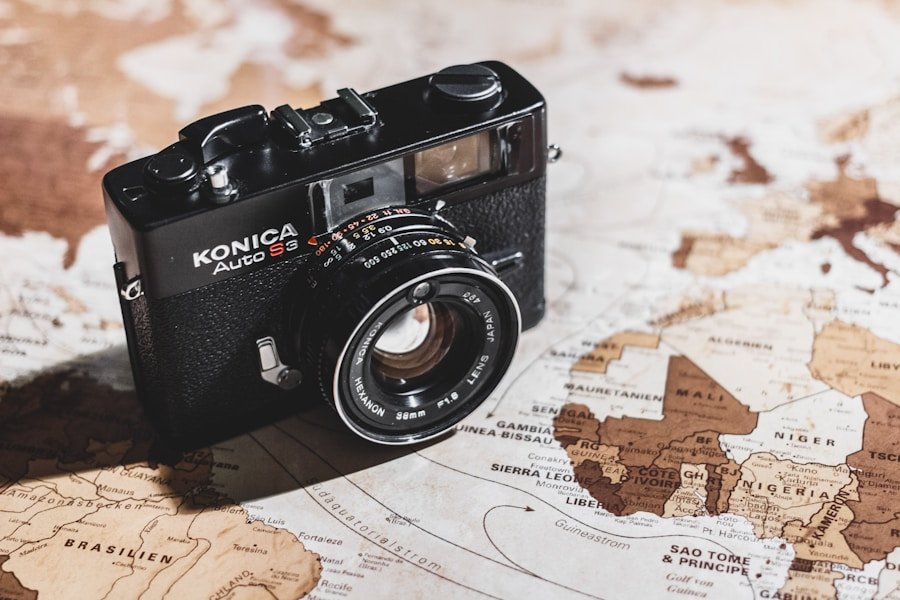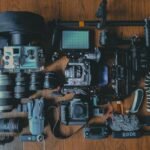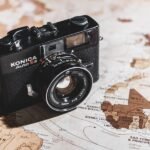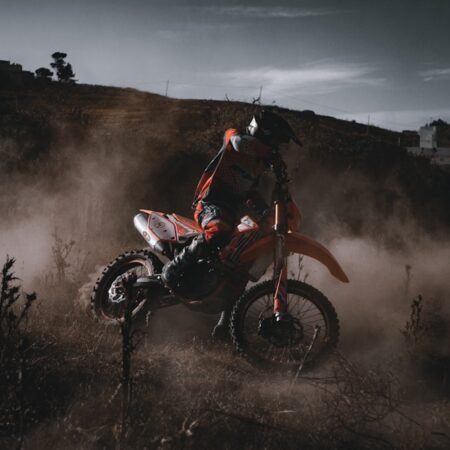Canon and Nikon are two of the most well-known and respected brands in the world of photography. Both companies have a long and storied history, with roots that stretch back over a century. Canon, originally known as Kwanon, was founded in 1937 in Tokyo, Japan. The company’s first camera, the Kwanon, was released in 1934 and was Japan’s first 35mm focal-plane-shutter camera. In 1947, the company officially changed its name to Canon, and it has since become one of the leading manufacturers of imaging and optical products.
Nikon, on the other hand, has an even longer history, dating back to 1917 when it was founded as Nippon Kogaku K.K. in Tokyo, Japan. The company initially focused on the production of optical lenses and equipment before entering the camera market in 1948 with the release of its first camera, the Nikon
Since then, Nikon has become synonymous with high-quality cameras and lenses, and its products are used by professional photographers and enthusiasts around the world. Both Canon and Nikon have continued to innovate and push the boundaries of imaging technology, and their cameras are widely regarded as some of the best in the industry.
Understanding the Differences in Technology and Features
When it comes to technology and features, Canon and Nikon have both developed their own unique systems and innovations. Canon has been a pioneer in digital imaging technology, introducing the world’s first digital camera in 1986. The company has continued to push the boundaries of digital photography with its EOS line of cameras, which feature advanced autofocus systems, high-resolution sensors, and powerful image processing engines. Canon’s cameras are also known for their intuitive user interfaces and advanced connectivity options, making them popular choices for both professional photographers and hobbyists.
Nikon, on the other hand, has a reputation for producing cameras with exceptional image quality and robust build quality. The company’s DSLRs and mirrorless cameras are known for their high-resolution sensors, advanced image processing algorithms, and rugged construction. Nikon’s cameras also feature advanced autofocus systems and a wide range of lenses and accessories, making them versatile tools for photographers of all skill levels. In recent years, Nikon has also made significant strides in mirrorless technology with its Z series cameras, which offer compact designs and cutting-edge features.
Comparing Image Quality and Performance
When it comes to image quality and performance, both Canon and Nikon have their strengths and weaknesses. Canon’s cameras are known for their excellent color reproduction, high dynamic range, and low-light performance. The company’s sensors and image processing engines produce stunning images with rich detail and accurate colors, making them ideal for a wide range of photography genres. Canon’s autofocus systems are also highly regarded for their speed and accuracy, allowing photographers to capture fast-moving subjects with ease.
Nikon’s cameras are equally impressive when it comes to image quality and performance. The company’s sensors deliver exceptional dynamic range, sharpness, and low-light performance, producing images with stunning clarity and detail. Nikon’s cameras also feature advanced image stabilization systems, which help to reduce camera shake and produce sharp images in challenging shooting conditions. Additionally, Nikon’s autofocus systems are known for their accuracy and reliability, making them well-suited for capturing fast-paced action and wildlife photography.
Exploring the Lens and Accessory Options
One of the key factors to consider when choosing between Canon and Nikon is the availability of lenses and accessories. Both companies offer a wide range of lenses that cover virtually every focal length and photography genre. Canon’s EF and RF lens mounts are compatible with a vast selection of lenses, including ultra-wide-angle zooms, telephoto primes, and specialty lenses for macro and portrait photography. The company also offers a variety of accessories such as flashes, battery grips, and remote triggers that enhance the functionality of its cameras.
Nikon’s F-mount system is equally impressive, with a diverse lineup of lenses that cater to different shooting styles and preferences. From wide-angle zooms to telephoto super-telephoto primes, Nikon’s lens lineup offers something for every photographer. The company also provides a range of accessories such as speedlights, battery packs, and wireless transmitters that complement its cameras and expand their capabilities. Additionally, both Canon and Nikon offer third-party lens options from manufacturers such as Sigma, Tamron, and Zeiss, further expanding the choices available to photographers.
Considering the Ergonomics and User-Friendliness
Ergonomics and user-friendliness are important considerations when choosing a camera system, and both Canon and Nikon have designed their cameras with these factors in mind. Canon’s cameras are known for their comfortable grips, intuitive button layouts, and customizable controls that make them easy to handle and operate. The company’s menu systems are also well-organized and easy to navigate, allowing photographers to quickly access settings and make adjustments on the fly. Additionally, Canon’s cameras feature tilting or articulating LCD screens that provide flexibility for composing shots from different angles.
Nikon’s cameras are equally well-designed in terms of ergonomics and user-friendliness. The company’s cameras feature deep handgrips, well-placed buttons, and intuitive control layouts that provide a comfortable shooting experience. Nikon’s menu systems are also straightforward and easy to navigate, allowing photographers to access settings quickly without getting lost in a maze of options. Additionally, Nikon’s cameras often feature tilting or vari-angle LCD screens that provide flexibility for composing shots from high or low angles, making them versatile tools for different shooting scenarios.
Evaluating the Price and Value
Price is always a significant factor when choosing a camera system, and both Canon and Nikon offer a range of options to suit different budgets. Canon’s lineup includes entry-level DSLRs, advanced mirrorless cameras, and professional-grade DSLRs that cater to photographers with varying needs and preferences. The company also offers a selection of lenses and accessories at different price points, allowing photographers to build a system that meets their requirements without breaking the bank.
Nikon’s lineup is similarly diverse, with entry-level DSLRs, mirrorless cameras, and professional-grade DSLRs that cater to different skill levels and shooting styles. The company also offers a wide range of lenses and accessories at various price points, providing options for photographers with different budgets. Additionally, both Canon and Nikon frequently offer promotions and discounts on their products, making it possible to save money on camera bodies, lenses, or accessories.
Making the Decision: Canon or Nikon?
Ultimately, choosing between Canon and Nikon comes down to personal preferences, shooting style, and specific requirements. Both companies offer exceptional cameras with advanced technology, high-quality lenses, and a wide range of accessories that cater to different photography genres. When making a decision between Canon or Nikon, it’s essential to consider factors such as image quality, performance, ergonomics, price, value, lens options, and user-friendliness.
For photographers who prioritize color accuracy, low-light performance, and advanced autofocus systems, Canon’s cameras may be the ideal choice. On the other hand, photographers who value exceptional dynamic range, image stabilization, rugged build quality, and versatile lens options may find Nikon’s cameras more appealing. Ultimately, both Canon and Nikon have established themselves as industry leaders in imaging technology, offering innovative solutions that empower photographers to capture stunning images in any situation. Whether you choose Canon or Nikon ultimately depends on your individual needs as a photographer and the type of photography you enjoy most.








